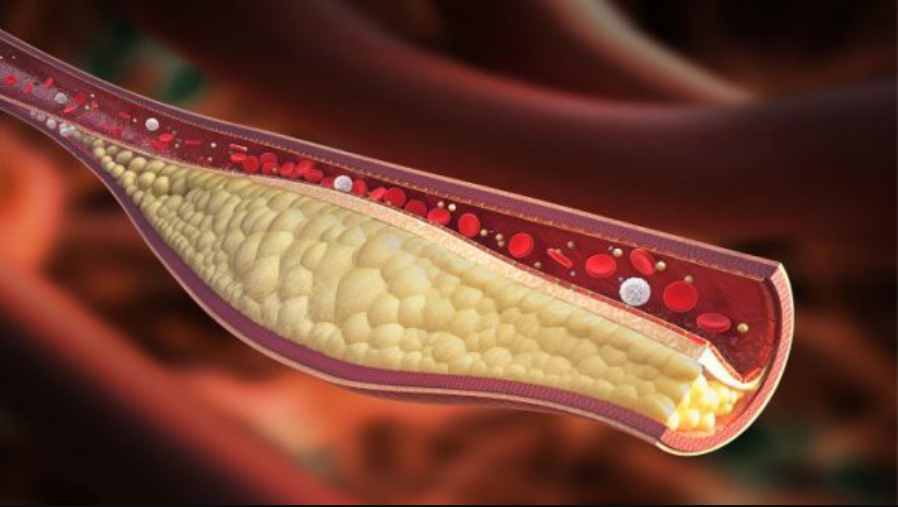Color Doppler ultrasound in renal artery stenosis
This article was professionally consulted by a Doctor of Radiology, Department of Radiology - Vinmec Central Park International General Hospital.
Color Doppler ultrasound in renal artery stenosis helps diagnose the cause of hypertension due to renal artery stenosis. In addition, long-term renal artery stenosis can lead to kidney failure. Therefore, renal artery stenosis should be diagnosed and treated early.
1. What is color Doppler ultrasound in renal artery stenosis?
Doppler ultrasound is one of the non-invasive diagnostic tools of choice in the diagnosis, screening and monitoring of renal artery hypertension. Doppler ultrasound has been used to screen for renal artery stenosis since the 1980s, the diagnostic criteria vary by author, and the results are often contradictory.
Hypertension is one of the most common diseases in the world causing death and disability. An estimated 0.5% to less than 5% of patients with hypertension have true renal artery disease, defined as hypertension due to renal artery stenosis. In addition to causing high blood pressure, renal artery stenosis can also cause kidney failure. Medical therapy has little chance of success in patients with renal artery hypertension, while surgery or percutaneous revascularization are effective treatments. Therefore, color Doppler ultrasound helps in the diagnosis of renal artery stenosis, which is important because renal artery stenosis can be cured.

Siêu âm Doppler giúp chẩn đoán nguyên nhân tăng huyết áp do hẹp động mạch thận
2. Indications for color Doppler ultrasound in renal artery stenosis
Sudden severe hypertensive crisis (diastolic blood pressure > 120 mmHg) Accelerated or malignant hypertension Hypertension resistant to appropriate 3-drug regimens Onset of hypertension before age 30 years or after 60 years of age Hypertension with rapidly progressive renal failure Renal failure shown to respond to ACE inhibitors Hypertension associated with abdominal murmur Severe hypertensive episodes and recurrent pulmonary edema No history of increased family about hypertension
3. Causes of renal artery stenosis
Atherosclerosis is a more common cause in men and patients with peripheral atherosclerosis. Atherosclerotic stenosis typically occurs in the proximal 1 cm segment of the renal artery, the foramen, and the bifurcations. Fibromuscular dysplasia. Renal fibromuscular dysplasia tends to occur in young to middle-aged women and the stenosis is usually mid to distal to the main renal artery. These two causes cause bilateral renal artery stenosis in up to 50% of cases. Other rare causes include vasculitis (Takayasu arteritis), neurofibromatosis, radiation vasculitis, aortic or renal artery dissection, embolism, congenital abdominal aortic stenosis, or Extrinsic compression due to tumor or hematoma.

Xơ vữa động mạch là nguyên nhân phổ biến dẫn đến hẹp động mạch thận
4. Color Doppler ultrasound in renal artery stenosis
For parenchymal vessels, it is optimal to measure 3 Doppler waves at each of the superior and inferior poles of the kidney.
Analyze the following indicators in the waves of the lobar or interlobar arteries: acceleration index (AI, acceleration index), acceleration time (AT, acceleration time), resistance index (RI, resistive index). AI is calculated from systolic onset to early peak systolic complex (straight slope), AT is the time interval from systolic onset to early peak systolic complex. PSV does not always coincide with the peak of the systolic complex, because an early systolic V-shaped notch is normally present. Incorrect measurement leads to incorrect calculation of AI and AT due to many different waveforms
Accuracy of Doppler parameters in the diagnosis of renal artery stenosis. Doppler parameters in the diagnosis of renal artery stenosis have been used with different thresholds by many authors, leading to different results, with sensitivity varying widely between 0%-93%. The study concluded: ultrasound screening for arterial stenosis has moderate accuracy. (PSV) is the parameter with the highest performance. Additional parameters do not increase accuracy.
The probability ratio is positive and affects the possibility of renal artery stenosis:
LR > 10, the probability of renal artery stenosis is high
LR 5 - 10, the probability of renal artery stenosis is moderate
LR < 2, the possibility of renal artery stenosis is very low
LR = 1, the diagnostic parameter is useless

Các thông số Doppler trong chẩn đoán hẹp động mạch thận được sử dụng ở nhiều ngưỡng khác nhau
The probability ratio is negative and affects the likelihood of not having renal artery stenosis:
LR < 0.1, the probability of not having stenosis is high
LR 0.1 – 0.2, the probability of not having renal artery stenosis is medium
LR 0.2 – 0.5 then the probability of not having renal artery stenosis is low
LR > 0.5 the possibility of not having renal artery stenosis is very low
LR = 1 then the diagnostic parameter is useless
Vinmec International General Hospital is one of the hospitals not only ensure professional quality with a team of leading medical doctors, a system of modern equipment and technology, but also stand out with comprehensive and professional medical examination, consultation and treatment services; civilized, polite, safe and sterile medical examination and treatment space.
If you have a need for consultation and examination at Vinmec Hospitals under the national health system, please book an appointment on the website to be served
Để đặt lịch khám tại viện, Quý khách vui lòng bấm số HOTLINE hoặc đặt lịch trực tiếp TẠI ĐÂY. Tải và đặt lịch khám tự động trên ứng dụng MyVinmec để quản lý, theo dõi lịch và đặt hẹn mọi lúc mọi nơi ngay trên ứng dụng.






